Roller Compactors: How it works, How to Operate [Walk behind & Ride on]
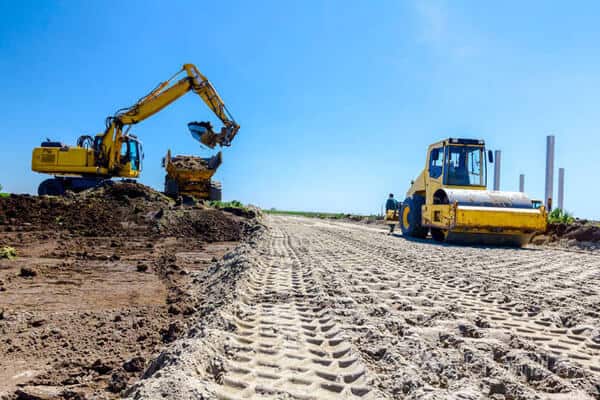
Compaction is an important site job required for almost all construction projects. It involves compressing the soil on-site to improve its load-bearing capacity. The load-bearing capacity is essentially improved when the air voids in the soil are removed because of compaction.
There is a variety of equipment available in the market for compaction that ranges from small handheld compactors to large compacting units. A Roller compactor or sometimes also termed as a road roller or just a roller is one such type of equipment used for compaction. It is 2 or 3 wheeled vehicles having a heavy mass commonly used to compact soil, gravel, concrete, or other road materials like asphalt.
They are mostly employed in the construction of roads, dams, and foundations. They can also be employed to be used in landfills or for agricultural purposes.
In this article, we will explore the functioning of a roller compactor and how it can be operated. We will be discussing both walk-behind and ride-on models. Lastly, some important detain on a 2-ton roller compactor would also be provided.
Contents
The Working Mechanism Of a Roller Compactor
Roller compactors can be used to have both dry and wet compaction. In dry compaction, the air in the soil is removed while in the case of wet compaction the voids in soil are removed by replacing them with water until the optimist moisture content is achieved.
There are essentially two types of roller compactor that are differentiated from each other in terms of their handling and maneuvering. These two types are:
- Ride-on roller compactors
- Walk-behind roller compactors.
In this section, we would be focusing on the working of both these two types.
Ride-on roller compactors
Ride-on roller drums are vehicles supported on a smooth drum-shaped wheel. The engine is located in the front part while the operator’s cabin is on the rear side.
Both the front and the rear sides are connected through an articulation joint. The articulation joint can rotate to control the maneuvering of the roller. The rotation of the articulation joint is controlled through the steering ram which is provided in the operator’s cabin. The operator then rotates the steering to control the direction of rollers. Unlike normal cares where steering rotates the tires, in roller complete front part of the machine is rotated using an articulation joint.
The operator cabin has also a gearbox installed to control the speed of the roller in both forwards and reverse direction. The fuel tank is located underneath the driver’s feet while a fuel gauge is provided in the operator’s cabin. The rest of the engine control is also provided in the operator’s cabin.
Rollers are mostly diesel-powered along with special hydraulic systems installed. These hydraulic systems are mainly provided for braking the rollers.
Walk-behind roller compactors
As the name indicates, these walk-behind rollers are steered by forces coming from the operator’s hand.
They are single drum wheel-mounted vehicles. The single drum wheel is attached underneath the engine. The engine is then connected to the forward travel lever using the handlebar.
To allow traveling in the forward direction, the lever bar is squeezed. For stopping the roller rotation, the level bar is released. The lever bar can be assumed as a circuit breaker. When you squeeze it the circuit is complete and the roller wheel starts to rotate. When you release it, the circuit is broken so the wheel stops moving.
There is also an emergency stop button located near the lever. The roller also a small drum installed on its front called a stabilizer roller. It is not powered. It aids the roller in keeping itself stable and simplifies the handling process.
This type of roller usually also has a water sprinkler system. It is used for wet compaction. The roller can be either diesel-powered or battery-powered.
Operation Of a Roller Compactor
Ride-on roller compactors
Following steps should be followed for operating ride on roller compactors:
- The first step as the driver is to walk around the roller and check for any damages to the machine. It should make sure that there are no leaks or damages.
- Make sure the scraper bars are aligned in the correct position from the rollers.
- Inspect roll-over Protective Structure and check whether it is in good condition with all the clips and the pins tightened and in place.
- Check the engine oil, hydraulic oil, coolant, brake fluid, and fuel level.
- After all these checks you are now ready to operate the roller. Get on into the driver’s seat.
- Make the gear lever neutral while keeping the brake on, start the engine.
- Let the engine warm for few minutes before you start operation. Ideally, it should be allowed to warm up for 2 to 5 minutes.
- Before starting rolling, you must know how many passed you have to perform. This information is usually provided in the engineering design documents. Usually, it depends on the type of rolling: dead weight or vibration rolling, type of material, machine weight, moisture content, and thickness of the material.
- Usually, soils are compacted in layers of 200 mm thickness.
- In cases when you are rolling a cross fall or camber, the first pass is always made on the lower side and eventually worked up. This is done to avoid loose material rolling downward.
- Different passes should overlap by at least 150 mm.
Walk-behind roller compactors
Following steps should be followed for operating walk behind roller compactors:
- First, an adjustment of the handlebar has to be made. It is done by removing the handlebar hitch pin followed by the pulling of the release pin. Now you can position the handle bar to the desired height, and then can lock the position by releasing the pin then insert the release pin and lock with a cotter pin.
- Put the engine fuel valve lever to the “ON” position and turn on the engine switch.
- Turn on the choke and adjust the throttle level.
- Push the start button until the engine is started. After started the engine close the choke lever.
- Let the engine warm for few minutes before you start operation. Ideally, it should be allowed to warm up for 2 to 5 minutes.
- Now to start doing rolling, squeeze the left control lever. Squeezing the lever towards the operator will achieve maximum speed.
- Squeezing the right control lever will cause the roller to move in a reverse direction.
2-Ton Toller Compactor (Types And Specification)
There are various types of 2-ton roller compactor available in the markets. To name a few:
- Hydraulic Double Drum 2 Ton Roller Compactor with Perkins Engine (FYL-900) by furd
- LTC series 2-ton hydraulic double drum vibratory mini road roller compactor machine
- 2 Ton Hydraulic Vibratory Mini Road Roller Compactor
Specifications
The most common specifications of a 2-ton roller compactor are:
- Working Method: Wheeled
- Axle: Biaxial Dual-Drum
- Compaction Depth: 40cm
- Engine Type: Diesel Engine
- Travel Speed: 0-4km/h
- Centrifugal Force: 40KN
- Exciting Force: 20kN
- Grade Ability: 30%
- Static Linear Pressure: 40~70kN
- Power(W): 6KW
Conclusions
To conclude, two types of compaction rollers: walk behind and ride on, have a very different working mechanism. They are usually diesel-powered machines. The operating process for both types is quite the same.
At the end of the article, there is also a short description of a 2-ton roller most commonly used.
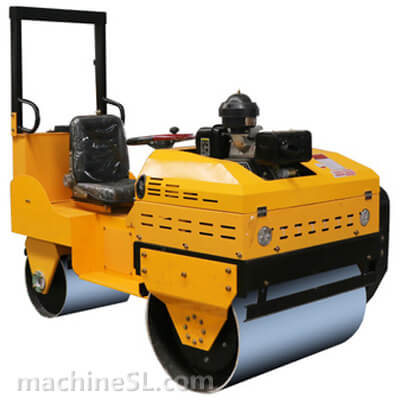
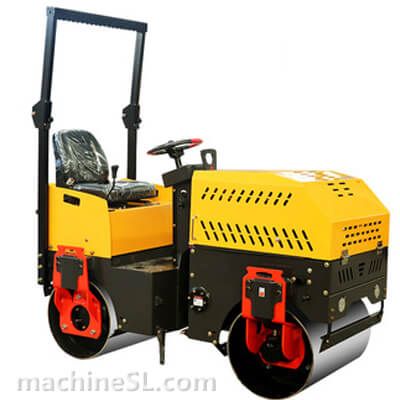
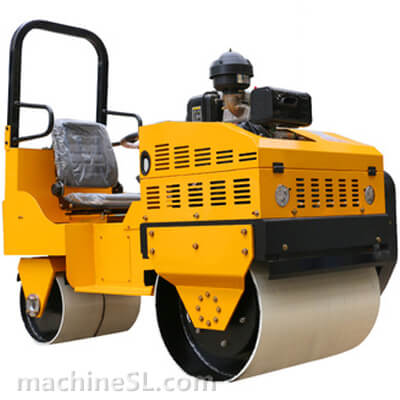
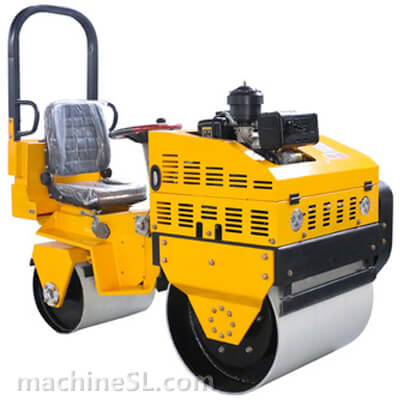
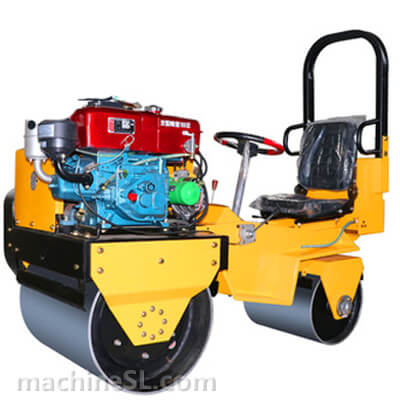
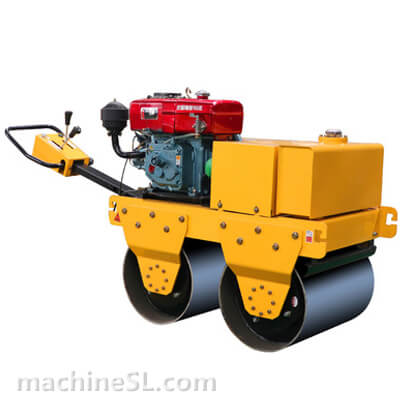
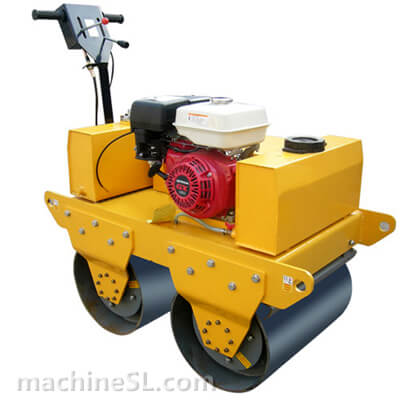
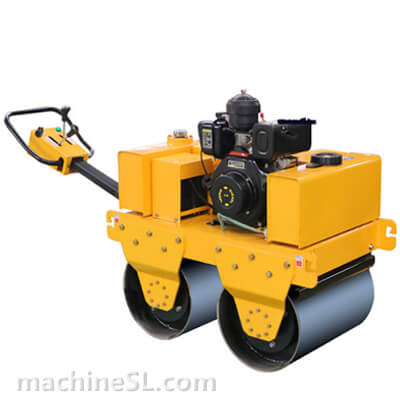
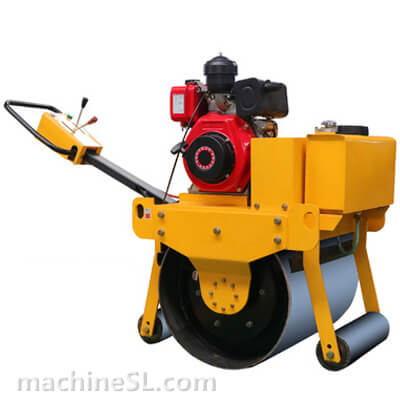
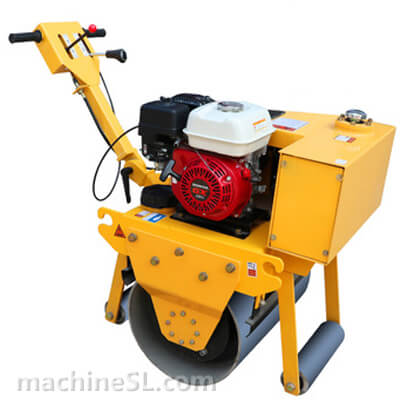
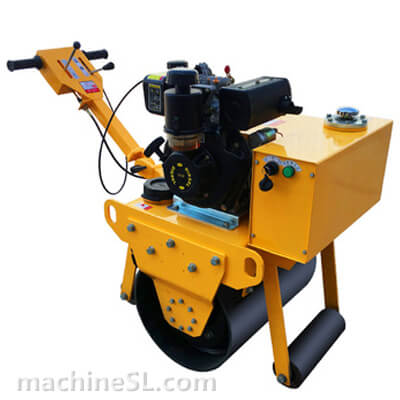
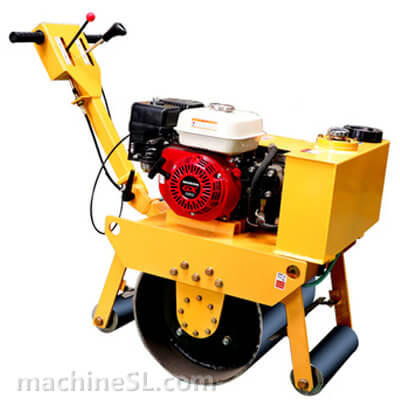

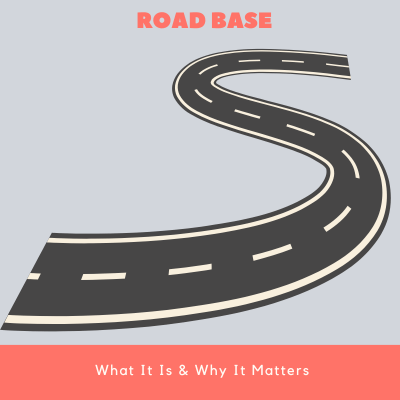

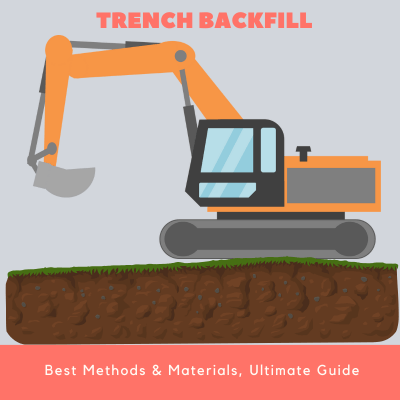
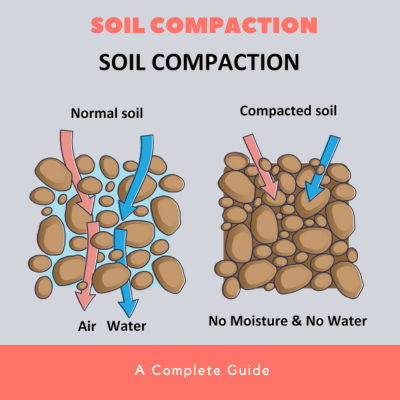
Leave A Comment